HTC today revealed its latest standalone VR headset, the Vive Focus 3. The enterprise-oriented headset will bring Snapdragon XR2, a whopping 6MP per-eye resolution, 120° field-of-view, new controllers, and more for $1,300. The Vive Focus 3 release date is set for June 27th.
HTC today also announced the Vive Pro 2, full details here.
HTC is going all out with its latest standalone VR headset, seemingly aiming to position the product as the high-end standalone VR headset choice for enterprises. The Vive Focus 3 will be priced at $1,300 (including a two year business warranty), a significant increase over its predecessor, the Vive Focus Plus, and the Quest 2 business edition, both priced at $800.
Along with the increased price, the Vive Focus 3 will also bring a brand new design and an impressive leap in specs. Here’s the rundown:
| Vive Focus 3 Specs | |
| Resolution | 2,448 x 2,448 (6.0MP) per-eye, LCD (2x) |
| Refresh Rate | 90Hz |
| Lenses | Dual-element Fresnel |
| Field-of-view | 120° horizontal |
| Optical Adjustments | IPD |
| IPD Adjustment Range | 57–72mm |
| Processor | Snapdragon XR2 |
| RAM | 8GB |
| Storage | 128GB (expandable via MicroSD to 2TB) |
| Connectors | USB-C (2x) |
| Battery Life | 2 hours |
| Tracking | Quad on-board camera (no external beacons) |
| Controllers | Vive Focus 3 controllers, rechargeable battery |
| Audio | In-headstrap speakers, 3.5mm aux output |
| Microphone | Dual microphone |
| Pass-through Cameras | Yes |
Resolution & Lenses
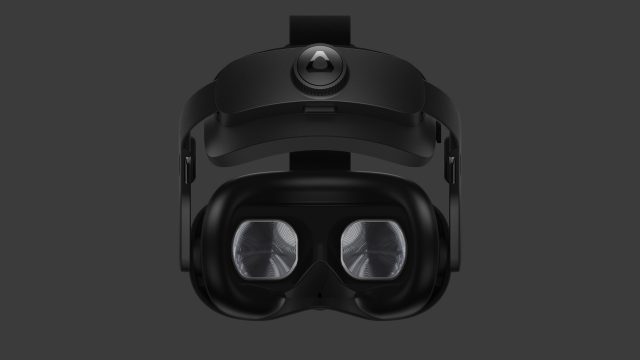
Certainly one of the highlights of Vive Focus 3 is the class-leading resolution of 6MP (2,448 x 2,448) per-eye. That’s compared to 2.3MP on the Vive Focus Plus and 3.5MP on the Quest 2. It even beats out the Reverb G2 at 4.7MP. Those pixels will be spread across the Vive Focus 3’s two LCD displays and a 120° horizontal field-of-view, HTC says. The dual displays also make way for a physical IPD adjustment which will range from 57–72mm.
Processor, RAM, & Cooling
Powering the headset is Qualcomm’s Snapdragon XR2, paired with 8GB of RAM. Vive Focus 3 also includes an active cooling system with a 15W heat-pipe for keeping the system cool even as the processor starts cranking.
Rear-mounted Battery & Magnetic Pads
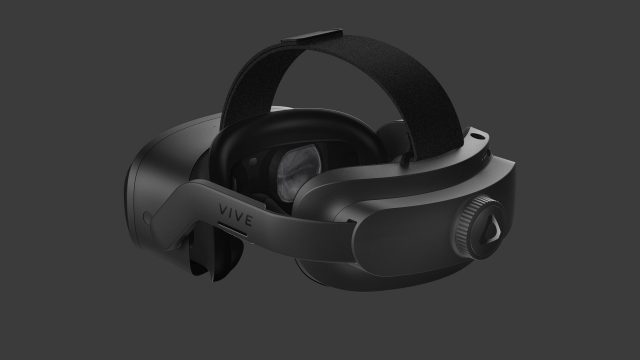
Another move which will help with cooling (and balance)—HTC has placed the Vive Focus 3 battery in the back strap of the headset. With two hours of claimed runtime, it’ll surely be appreciated that the battery is swappable, allowing users to quickly change out for an already charged battery (though the headset must be powered down to change the battery).
HTC sees this as an essential feature for some use-cases, especially commercial settings where user-throughout is important. To that end, the company says it’s also working on a multi-battery charging dock, and says the Vive Focus 3 battery can quick-charge to 50% in just 30 minutes. The headset also has magnetically attached face and rear pads which can be quickly swapped, allowing one set to be cleaned while another is in use.
Inside-out Tracking & New Controllers
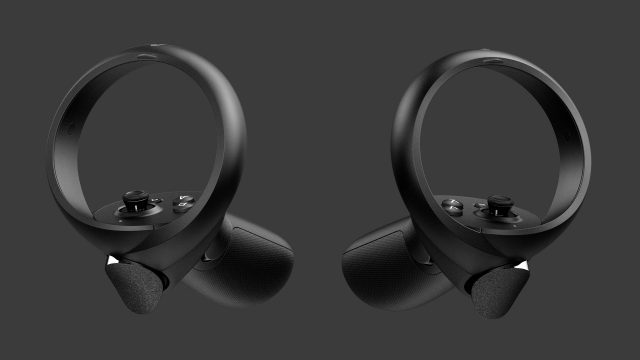
Alongside moving to quad-cameras for the tracking on the Vive Focus 3, HTC is also ditching the ultrasonic controllers of the Focus Plus in favor of brand new controllers tracked via the headset’s cameras. Unlike Vive Cosmos, which used visible light tracking for its controllers, the new Vive Focus 3 controllers appear to be using an infrared tracking solution (similar to Rift and Quest).
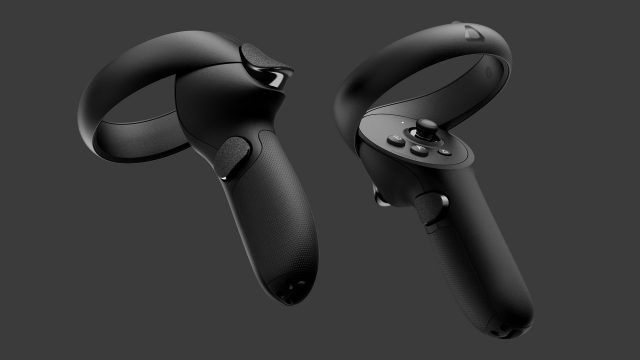
The Vive Focus 3 controllers definitely have a similar vibe to the Oculus Touch controllers, and fortunately match the inputs that have become the norm for VR controllers in recent years: two thumbsticks, two triggers, two grip triggers, four buttons, and two menu buttons. HTC says the Vive Focus 3 controllers include capacitive finger sensing, though we don’t know exactly which areas of the controller will be able to track fingers just yet.
While they might look a good bit like Oculus Touch controllers, the Vive Focus 3 controllers differ in a welcomed way: integrated rechargeable batteries. Charged via a USB-C port, HTC says the controllers will last for 15 hours on a single charge.
PC VR via Tether or Wireless
HTC says the Vive Focus 3 will also join in on the hybrid approach by offering PC VR usage via a tether or a wireless method. The company says it will sell an optional Vive streaming cable for this purpose, though it isn’t clear if this will be a generic USB cable or something proprietary. The cable is expected to be available at launch, but the wireless streaming feature will be available at a later date.
Software, Enterprise Device Management, & App Store
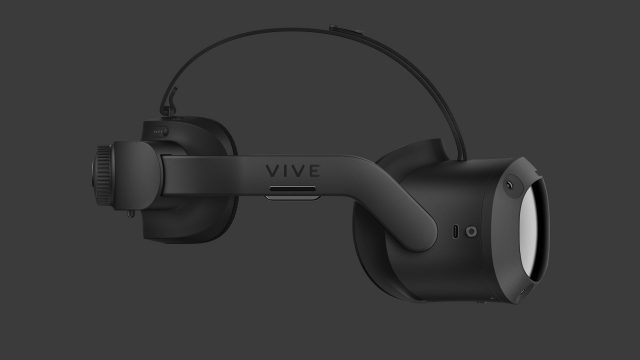
Built atop Android, HTC says Vive Focus 3 will be running an interface it calls Vive Reality 2.0, which is designed to be a user-friendly menu for enterprise users who may be using VR for the first time.
HTC is also launching an enterprise-focused app store for Vive Focus 3 (and its enterprise-focused PC VR products) called Vive Business AppStore. The company hopes it will be an avenue for enterprises to discover VR software that’s useful for their business. HTC says that 20 apps will be available at launch and 50 developers have signed up so far.
HTC is also touting the Vive Business Device Management System, an ISO-certified MDM which allows mass setup and management of Vive headsets, including managed access rights with the ability to integrate into an organization’s existing user management system. HTC says the Vive Business Device Management System can even manage headsets from other vendors, and also offers Android Enterprise support and support for other MDMs.
Hand Tracking Expected in Q3
Similar to Quest headsets, Vive Focus 3 will also offer controllerless hand-tracking. HTC says the feature will be available only in beta at launch, but it expects to release hand-tracking widely in Q3 of this year.
Vive Focus 3 Price and Release Date
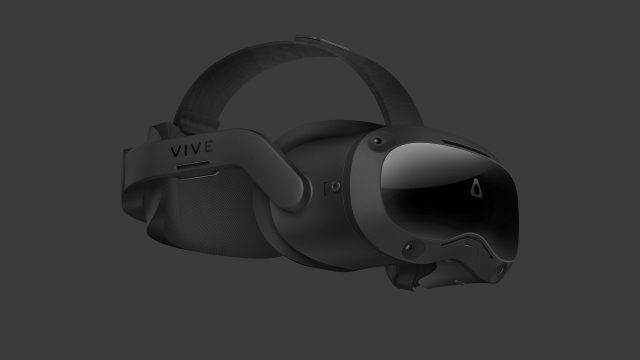
Vive Focus 3 will be available on June 27th, priced at $1,300, which includes a two year business warranty and Vive Business services.
Update (May 12th, 2021): HTC clarified that the Vive Focus 3 field-of-view is 120° horizontal. This was previously reported as the diagonal, which has been corrected above.






